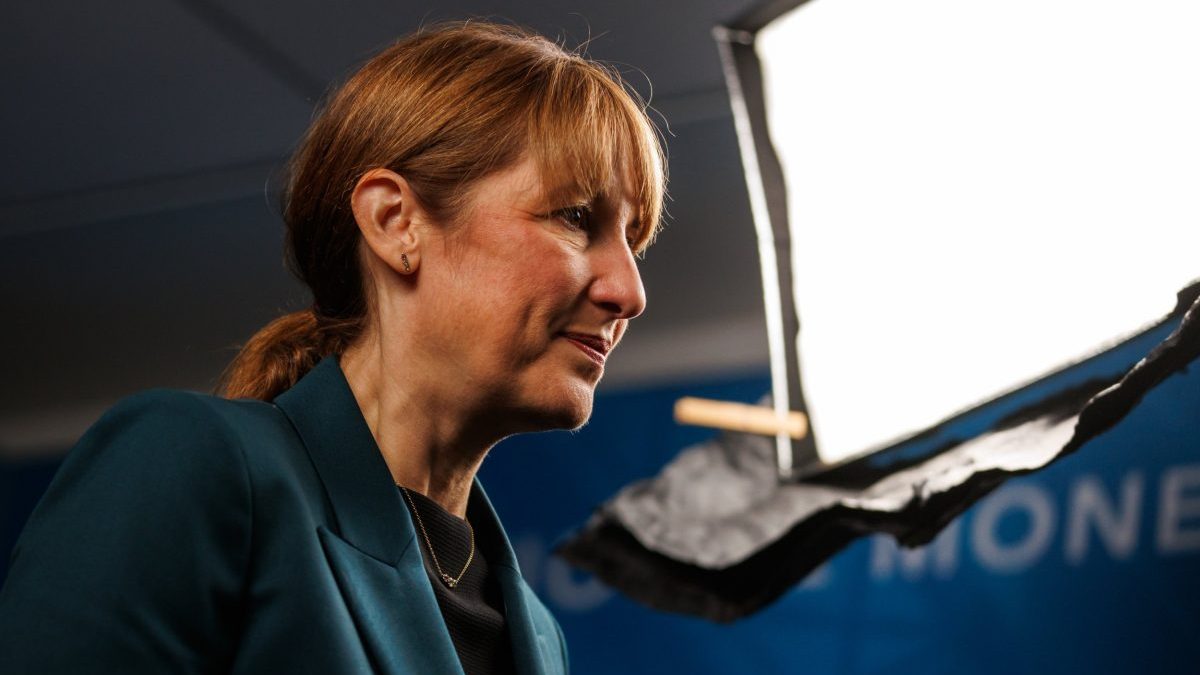The Government could end up paying more to top up public sector pensions if it goes ahead with plans to raise taxes on contributions, experts warned
Rachel Reeves’ plans to limit a tax break on pension contributions could create an “unexpected additional cost” for taxpayers on top of preventing savers from increasing their retirement pots, experts have warned.
If the chancellor goes ahead with a plan to reduce the tax breaks employees and employers receive in this month’s Budget, the Government could actually end up paying more to top up public sector pensions, they told The i Paper.
The proposals, first reported by The Times, would raise up to £2bn a year by placing a £2,000 annual limit on the amount of salary that can be sacrificed into pensions without incurring National Insurance (NI) payments. There is currently no limit.
New FeatureIn ShortQuick Stories. Same trusted journalism.
Employers benefit from lower employer NI contributions when staff use such salary sacrifice schemes, because the tax is only applied to pay left over after pension contributions.
Tom Selby, director of public policy at pensions platform AJ Bell, warned there would be “knock-on impacts” on the costs borne by employers through higher NI payments if a limit is introduced, “including in the public sector” – which is primarily funded by taxes.
He said: “While salary sacrifice is less prevalent in the public sector, there is no escaping that this move would increase pension costs for employers.
“While the impact is unlikely to be dramatic, any squeeze on public sector costs that are met by the employer will ultimately be met by taxpayers, either through lower investment in public services or higher tax bills.”
Almost 10 per cent of public sector workers use salary sacrifice schemes to top up their pensions, according to the Society of Pension Professionals, which represents advisers and trustees.
Becky O’Connor, director of public affairs at PensionBee, said it is still unclear whether the Government will apply the salary sacrifice cap to public sector workers or how it would be implemented – but each option presents potential problems.
“If it was introduced with an exemption for public sector workers, it could make these schemes an even better deal than they are already when compared with private sector pensions – and increase the sense of unfairness in what is already a very divided pension outlook for people who worked in the public sector and those who worked for private companies,” O’Connor said.
“If the cap was also applied to public sector schemes, this could mean the Government has to make up for the shortfall in employees’ contributions, creating an unintended additional cost to the Treasury.”
Alternatively, if public sector workers were forced to pay the extra NI on pension contributions, they could see their take-home pay fall, potentially making participation less attractive, she added.
“Depending on how the Government applies any exemptions, there’s a risk of creating a two-tier system between the public and private sectors, or even between different groups of public sector employees.
“Policymakers would need to tread carefully to avoid unintended consequences for both individuals and the Exchequer.”
Ian Cook, a chartered financial planner at wealth manager Quilter, agreed that the Government could “add to their own tax burden” on public sector pensions depending on how the changes are applied.
He said that either doctors, nurses and other public sector workers will end up paying more, or “the Government needs to pick up the tab”.
A Treasury spokesperson said it does not comment on speculation around changes to tax outside of fiscal events.
Your next read


